Closing the Period Poverty Gap: Insights from CSW69 🩸
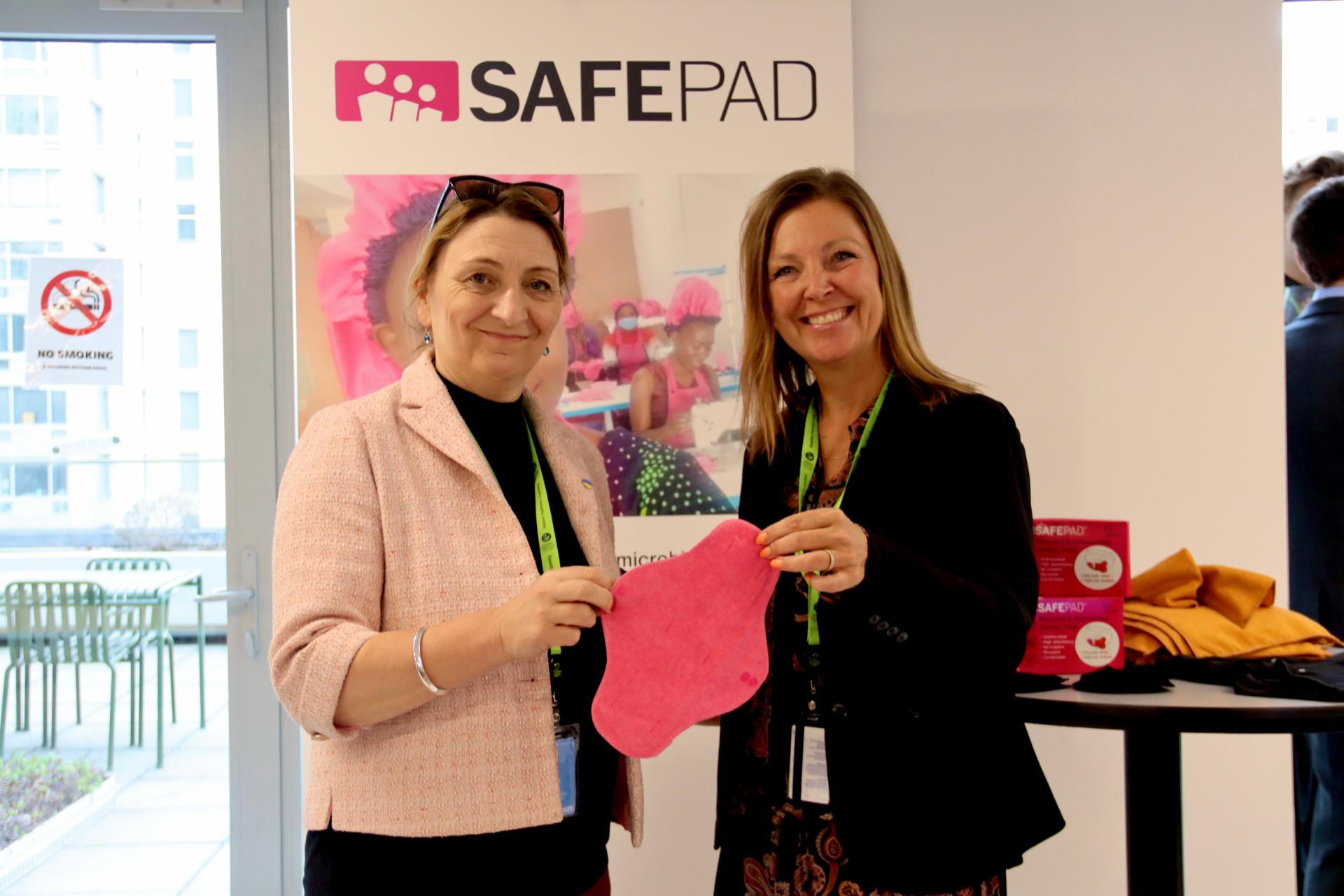
Last week, Real Relief had the privilege of partnering with the Danish Consulate General to spotlight the pressing issue of period poverty at a high-level panel discussion during CSW69.
Lack of access to menstrual health products remains a significant barrier to achieving social and economic gender equality. Without affordable and accessible solutions, period poverty affects everything—from school attendance and job performance to health issues like infectious diseases and infertility.
Klaus Simoni Pedersen, Chief of Public Funding and Financing Branch at UNFPA, reaffirmed the UNFPA’s commitment to advancing women’s sexual and reproductive rights:
"Everybody has the right to bodily autonomy, and the ability to care for one’s body while menstruating is an essential part of this fundamental freedom."
His keynote was followed by an insightful panel discussion, bringing diverse perspectives on investing in menstrual health, addressing stigma, and scaling sustainable solutions.
During the event, I was asked several key questions about the barriers to menstrual health and hygiene (MHH) production and distribution—and how we can overcome them. Here are some of my insights:
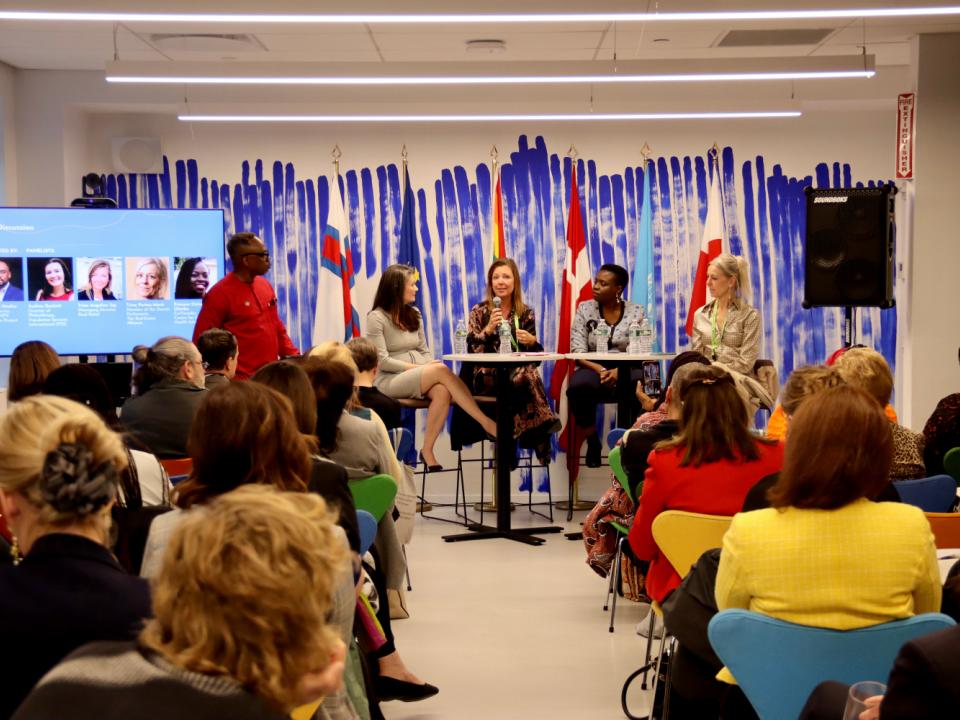
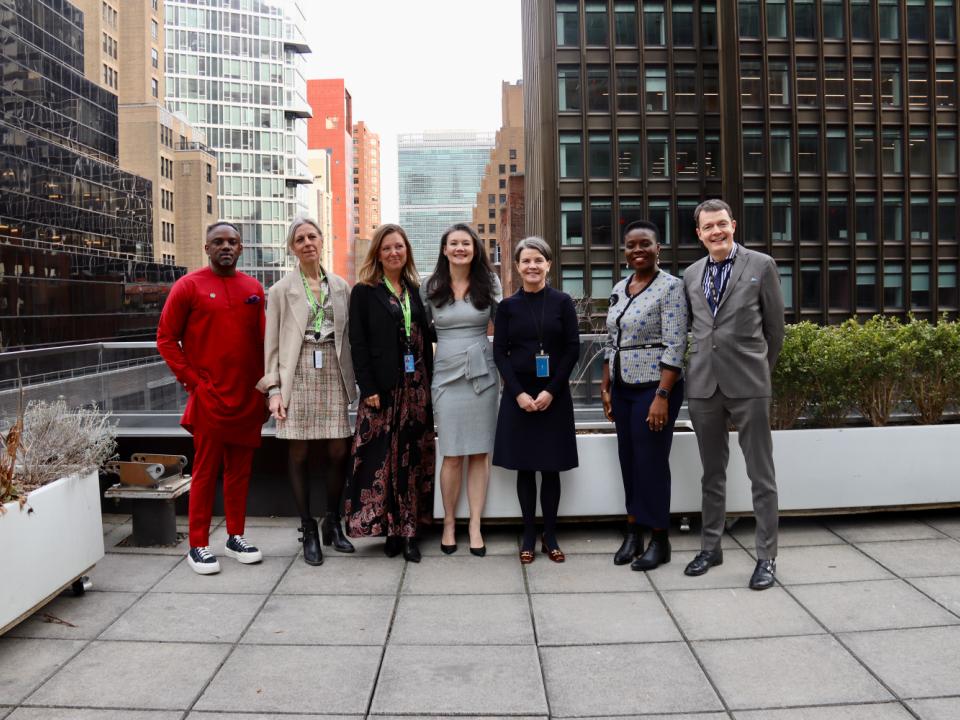
Key Barriers to MHH Production & Distribution – and Solutions
🔴 Regulatory and Policy Barriers
Many countries still classify menstrual products as luxury items, leading to high taxes (tampon tax).
✅ Solution: Advocate for policy changes to remove taxes and reclassify MHH products as essential health items.
A lack of standards and regulations also limits product safety and availability.
✅ Solution: Develop and adopt global standards to ensure quality and accessibility.
🔴 Affordability & Cost of Production
High production costs and limited funding prevent affordable MHH solutions from scaling. At Real Relief, we can transfer Safepad technology to any country, but local support is crucial.
✅ Solution: Foster public-private partnerships (PPPs) and introduce subsidies to reduce costs while maintaining quality.
🔴 Cultural Taboos & Social Stigma
Menstruation remains a taboo in many communities, leading to low awareness and resistance to MHH adoption.
✅ Solution: Implement education campaigns, community engagement, and male allyship programs to normalize menstruation discussions.
🔴 Distribution Challenges in Remote Areas
Limited infrastructure makes last-mile distribution of menstrual products difficult.
✅ Solution: Leverage NGOs, social enterprises, and digital marketplaces to expand access through innovative delivery models.
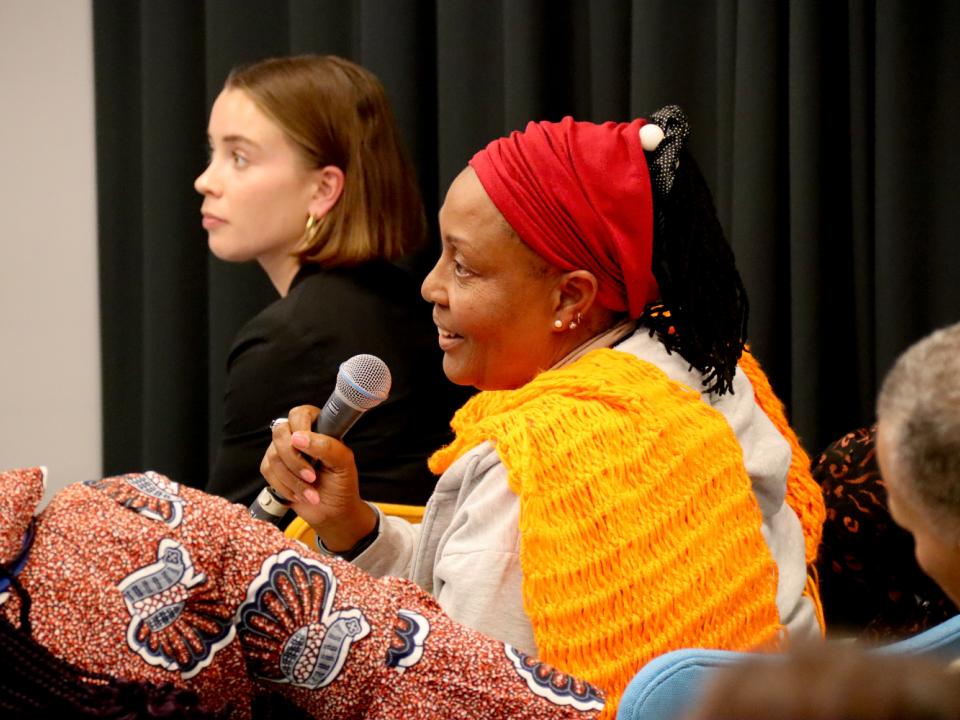
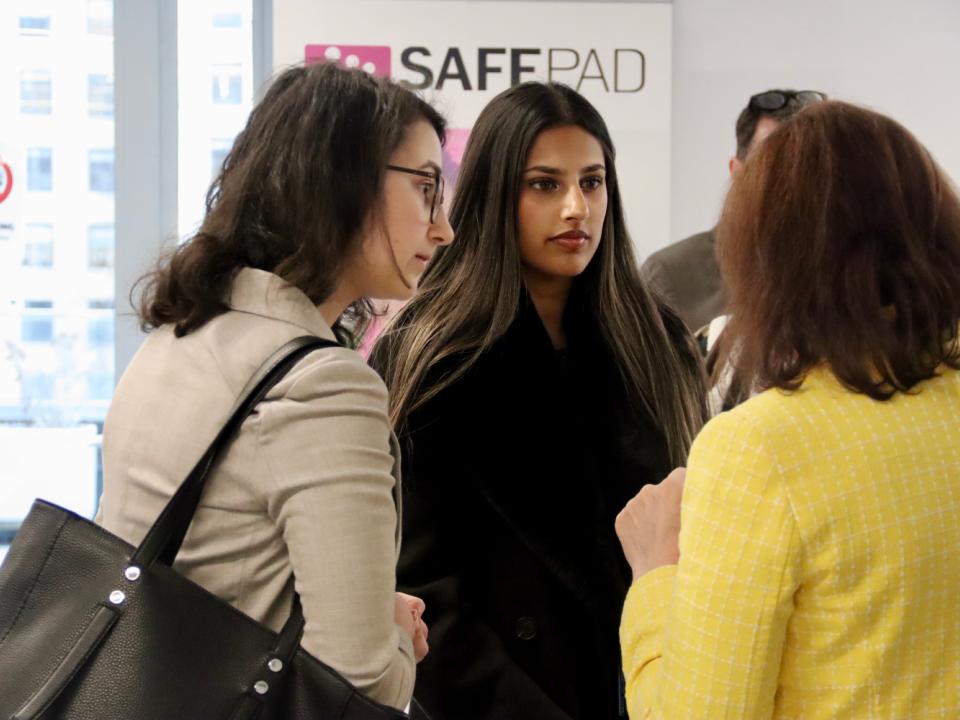
How Can We Accelerate Collaboration to Scale Solutions Globally?
✔ Policy Integration: Governments should integrate MHH into national health, education, and economic policies, making menstrual health part of universal healthcare and school health programs.
✔ Public-Private Partnerships (PPPs): Incentivizing private sector involvement through grants, tax breaks, and subsidies can help scale production and distribution.
✔ NGO & Private Sector Collaboration: NGOs provide on-ground insights, while private sector actors drive innovation and scalability. Joint education, distribution, and impact measurement programs can strengthen cooperation.
✔ International & Regional Alliances: Organizations like UNICEF, WHO, and the World Bank should facilitate global dialogues, aligning strategies and funding for menstrual health initiatives.
✔ Leveraging Digital Solutions: Governments and NGOs can work with private companies to develop digital platforms for MHH education, product accessibility, and impact tracking.
This conversation is far from over. To truly close the period poverty gap, we need continued collaboration, bold policy action, and scalable, sustainable solutions.
A heartfelt thank you to our speakers, panelists, and guests—both on and off stage—for their dedication to breaking the stigma surrounding period poverty.
👉 Let’s keep pushing for menstrual equity worldwide!
